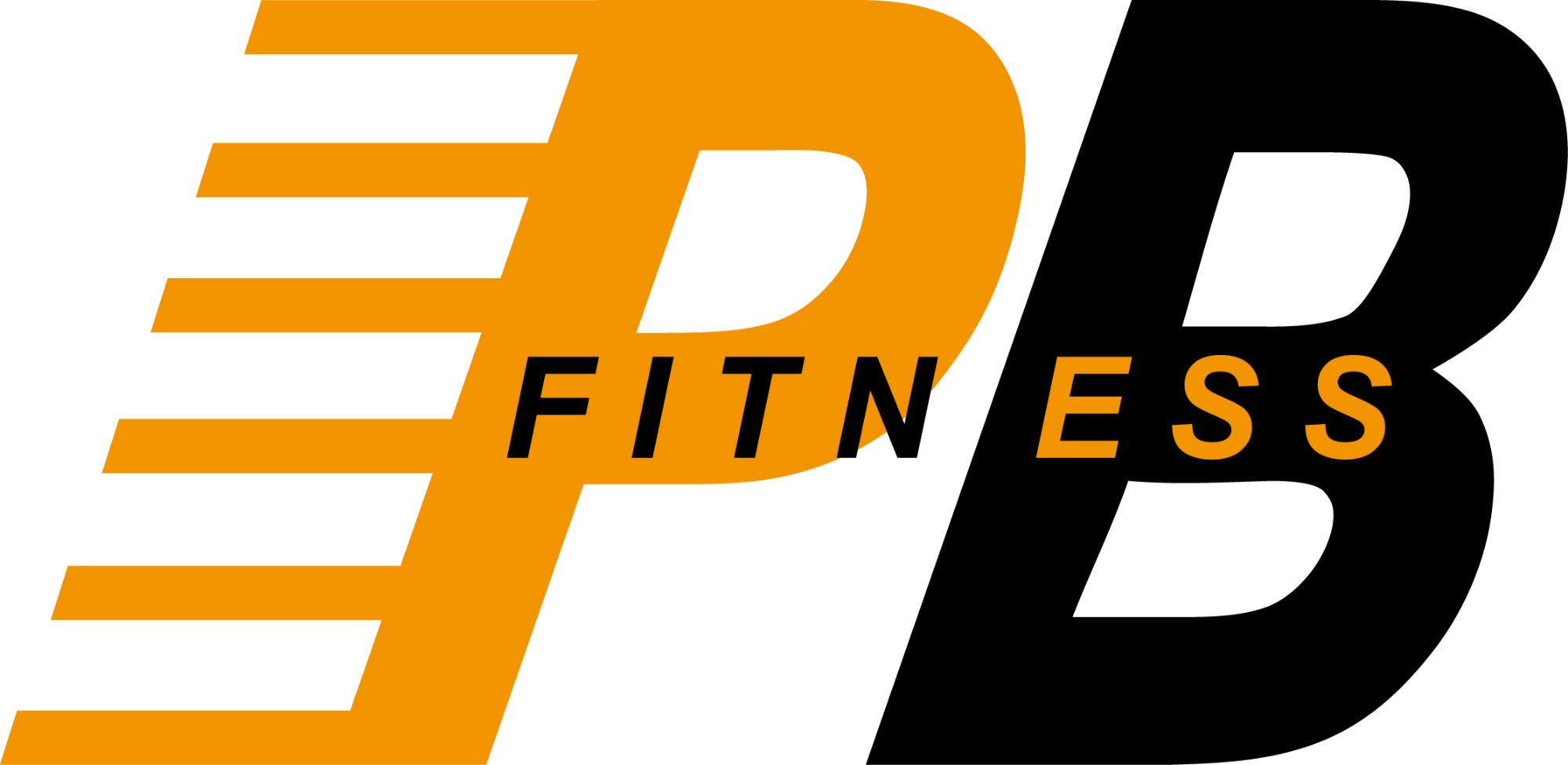Diastasis Recti - What Is It and Why You Should Care
Posted on

I get lots of questions from new mums and even mums that have had their babies over 10 years ago that relate around diastasis recti. Most women I find don't even know, let alone understand what diastasis recti is - if they've even heard of it.
This is why I set up PB Fitness's Mum's Club course to help spread the word becasue you can do something about it no matter how long it's been.
What is Diastasis Recti?
Diastasis recti is the separation of your abdominals, specifically between your rectus abdominals down your midline. There are varrying degrees of separation.
How To Test For Diastasis Rect
It is recommend that you wait 6-10 weeks before doing the test.
- Lay on your back with knees bent
- With muscles relaxed and fingers point down, push fingers in naval.
- Lift your head. When the muscles first start to move, see how many fingers fit between the muscles and how deep your fingers go down. Also check 3” above and below belly button.
Why Should You Care?
If you have abodminal separation then most likely you have poor pelvic floor and transevrse abdominal connection and probably suffer from occasional, if not daliy back pain (among other body aches and pains).
As your diastasis recti imporves that means your pelvic floor and transerverse abdominal connection and the fascial connection through your abdominals have become much stronger. When this happens your back is now more supported and that means your back feels better.
Back pain doesn't have to be part of pregnancy. This is why it is important to understand and learn how to properly strengthen your deep core, which is a big reason why I created Mum's Club.
It is never to later to start strengthening your deop core, I have even had mums come to me 2, 3 and 10 years after givening birth and we have managed to work on and strengthen their deep core muslces.
PB Fitness's Mum's Club course is going to look at giving you safe and effective exercises to do to help strengthen your deep core and pelvic floor muscles, in order to prepare you to get back into your health and fitness journey.
Things you can do to help mimimise diastasis recti and help to repair:
- AVOID crunches.
- Watch out for "doming of your belly" (Check my blog on doming for more detail)
- Do appropriate exercises that don't stress your core but actually help in strengthening.
- if you experience "leaking down there" I suggest avoiding those exercises for now and refocusing your attention on your deep core connection.
- Be mindful of your exercise, focus on the connections you are making through your body and what you are actually feeling working.
- Give your body time to heal, this is really important and I know it is hard but it really can make a huge and positive effect in the long run.
- Posture - stand tall, walk tall, sit tall, carry babbies and children with good posture.

Add a comment: